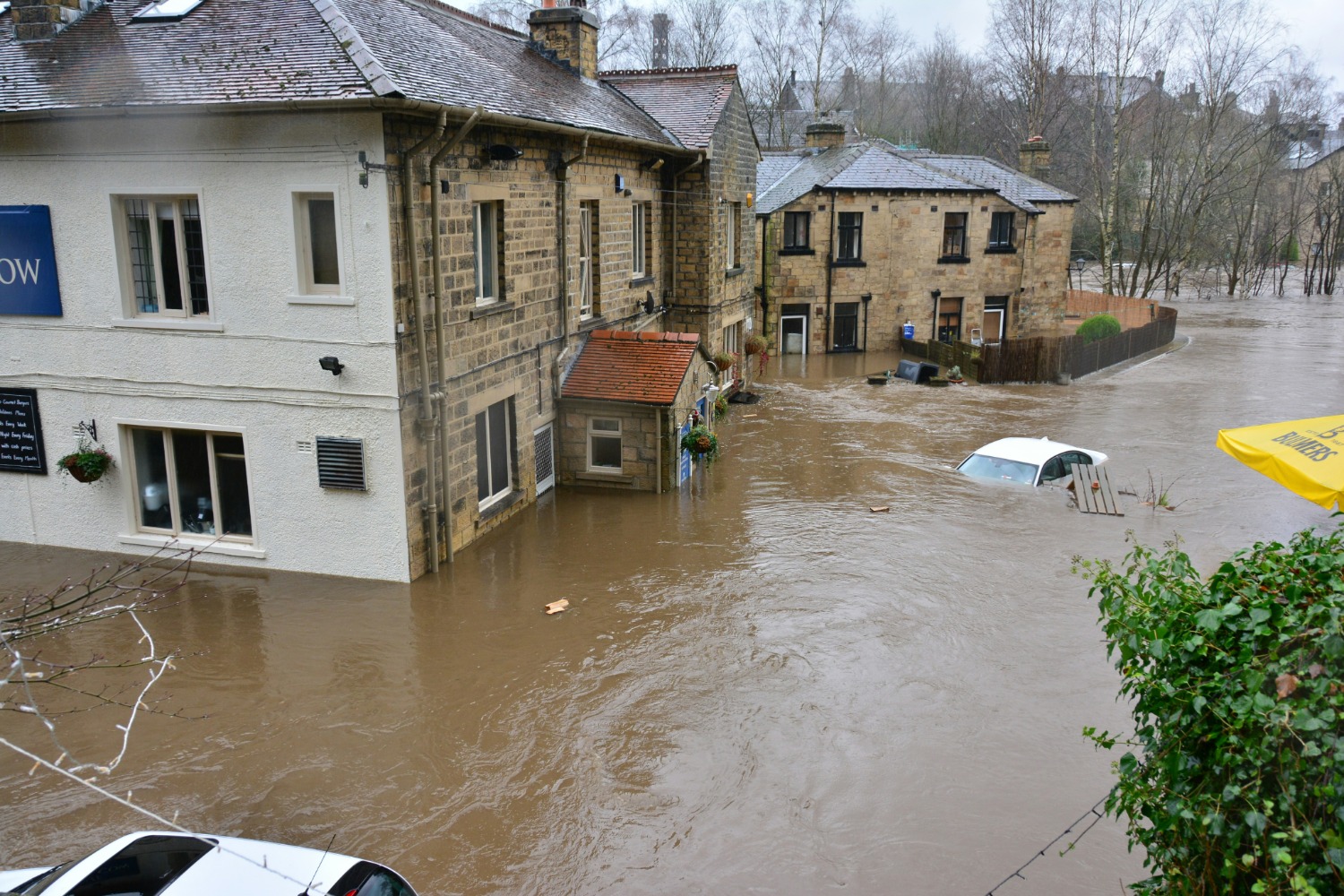The Solutions Explorer lets you create alerts that match your needs. You can create several alerts and you will receive a notification each time a new Solar Impulse Efficient Solutions is labelled and matches your filters.
Your Search Alerts will show up here.
Sign in to create alerts for your filters and search terms.
Sign inDon't have an account?
Sign upExploring how innovative policies and nature-based solutions are transforming urban landscapes to mitigate flooding and enhance sustainability

Exploring how innovative policies and nature-based solutions are transforming urban landscapes to mitigate flooding and enhance sustainability
China’s Sponge City Program (SCP) represents a significant shift towards sustainable urban development in response to severe environmental challenges posed by rapid urbanization and climate change. This innovative program aims to transform urban water management by mimicking natural processes to absorb, store, and purify rainwater. By integrating natural blue (rivers, wetlands) and green (green roofs, rain gardens) spaces, sponge cities mitigate flood risks, improve water quality, and enhance urban resilience. The program's impact is substantial: as of 2019, it had invested around $60-90 million per city for initial projects, with total construction costs estimated at approximately EUR 1 trillion by 2030. These investments are expected to support a significant transformation, with an ambitious goal of equipping 80% of cities with sponge city infrastructure. The SCP not only addresses immediate flood and water management challenges but also contributes to increased urban biodiversity, cooler temperatures, and improved quality of life (3). Starting with pilot programs in 2015, the initiative has led to nearly 5,000 projects and the development of sponge city plans in 538 cities by 2018. This approach has inspired similar efforts in cities such as Berlin and Hamburg, emphasizing integrated flood management and water conservation. The Asian Development Bank has supported these projects, including the original pilot in Pingxiang (1). Germany's experience with green roofs and façades further illustrates the advantages of green infrastructure, with substantial progress in expanding green roof areas and setting a benchmark for other countries. By 2019, approximately two-thirds of German cities mandated green roofs in development plans, leading to a dramatic increase in green roof coverage to 120 million m² over the past decade (2).
Rapid urbanization and climate change have significantly increased the frequency and severity of natural disasters, making urban flood risks a critical challenge in the 21st century. From 2000 to 2019, climate-related disasters globally claimed nearly 716,000 lives, affected 3.3 billion people, and caused $676 billion in direct losses, with Asia and the Pacific bearing 27% of these costs. Flooding alone accounted for about 40% of all disaster losses, exceeding $1 trillion in damages. In 2020, floods and storms increased by 23% and 26%, respectively, compared to previous annual averages, highlighting the urgent need for effective adaptation strategies (1). Germany, despite its temperate climate, has not been immune, facing deadly floods and severe heatwaves that exposed the vulnerability of urban areas. To combat these challenges, German cities are increasingly adopting nature-based solutions, such as green roofs and façades, which help absorb rainwater, reduce urban heat islands, and enhance climate resilience. However, the traditional reliance on grey infrastructure and the high costs of retrofitting pose significant barriers to widespread implementation (2).
The information presented above, is solely for the purposes of information. The Solar Impulse Foundation does not assert to possess the definitive answer but aims to present intriguing facts deemed important for consideration in our daily choices and discussions related to climate action. It does not intend to function as a moralizing entity but rather seeks to showcase societal norms that may not always be logical, while also offering better, more environmentally friendly alternatives, catered to improving the overall well-being of individuals andsociety in general.